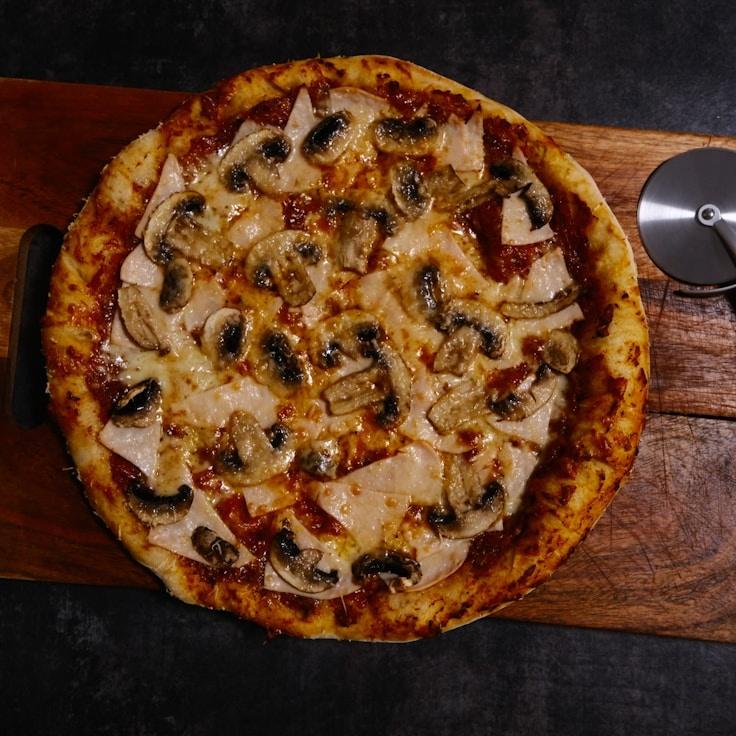Here at CalmGrovePark, we are steadfast in our belief that extraordinary pizza is founded on extraordinary dough. With over thirty years of refining our mixture, we're thrilled to divulge some key insights. While the precise proportions of our recipe remain a cherished secret, we can provide you with guidelines to produce pizzeria-quality pizza dough in your kitchen.
Importance of Flour
Good pizza dough begins with premium flour. We suggest 00 flour, which is an ultra-fine ground variety from Italy with a protein content around 12%. This flour creates an optimal equilibrium of elasticity and softness. If 00 flour is not available, an acceptable alternative is bread flour, though your dough's feel may vary slightly.
Optimal Water Temperature and Dough Hydration
Your water's temperature is crucial for controlling fermentation time and the dough's structure. Cold water near 45°F (7°C) facilitates longer fermentation and richer taste, while lukewarm water around 85°F (29°C) quickens the process. Aim for a hydration level—a water to flour ratio—of about 60-70% for the typical home oven.
Yeast and Time
A vital trick to savory dough lies in utilizing minimal yeast and extensive fermentation periods. We use a mere 0.2% of fresh yeast to our flour's weight, letting the dough ferment over 24-48 hours. This extended duration enriches the flavors and yields a dough that's more digestible.
Role of Salt
Salt is not merely for taste; it fortifies the gluten network and modulates fermentation. We endorse fine sea salt at a proportion of 2.5-3% of your flour's weight. Introduce it after the flour and water have begun to integrate to avoid any direct contact with yeast.
The Science of Fermentation
Post-mixing, let your dough go through a primary bulk fermentation at ambient temperature for a couple of hours, then split it into individual balls. Store them in lidded containers and place them in the fridge for a period ranging from one to three days. It's during this cold fermentation phase that starches convert into sugars – this is what delivers that distinct flavor profile and the crust's appealing browning when baked.
Dough Handling
Prior to crafting your pizza, bring your dough to room temperature by taking it out of the refrigerator an hour or two before baking. To maintain the formed gas pockets, handle the dough with care. Rather than rolling it out, press and spread the dough with your fingertips.
Last Step: Heat
In the absence of a wood-fired oven that can reach 850°F (454°C), use a preheated pizza stone or steel to get the closest results in a domestic oven topping out at approximately 550°F (288°C). This will grant the necessary intense heat from below, ensuring a crispy crust and a fluffy interior.
Perfecting pizza dough is an evolutionary process. Every batch can teach you more about the techniques involved. Take detailed notes, tweak your approach, and figure out what works best for your personal kitchen setup.
Keen to see how we make our dough? Attend our monthly pizza-making workshops where Chef Alessandro demonstrates the steps meticulously. Look at our events schedule for the upcoming sessions!

